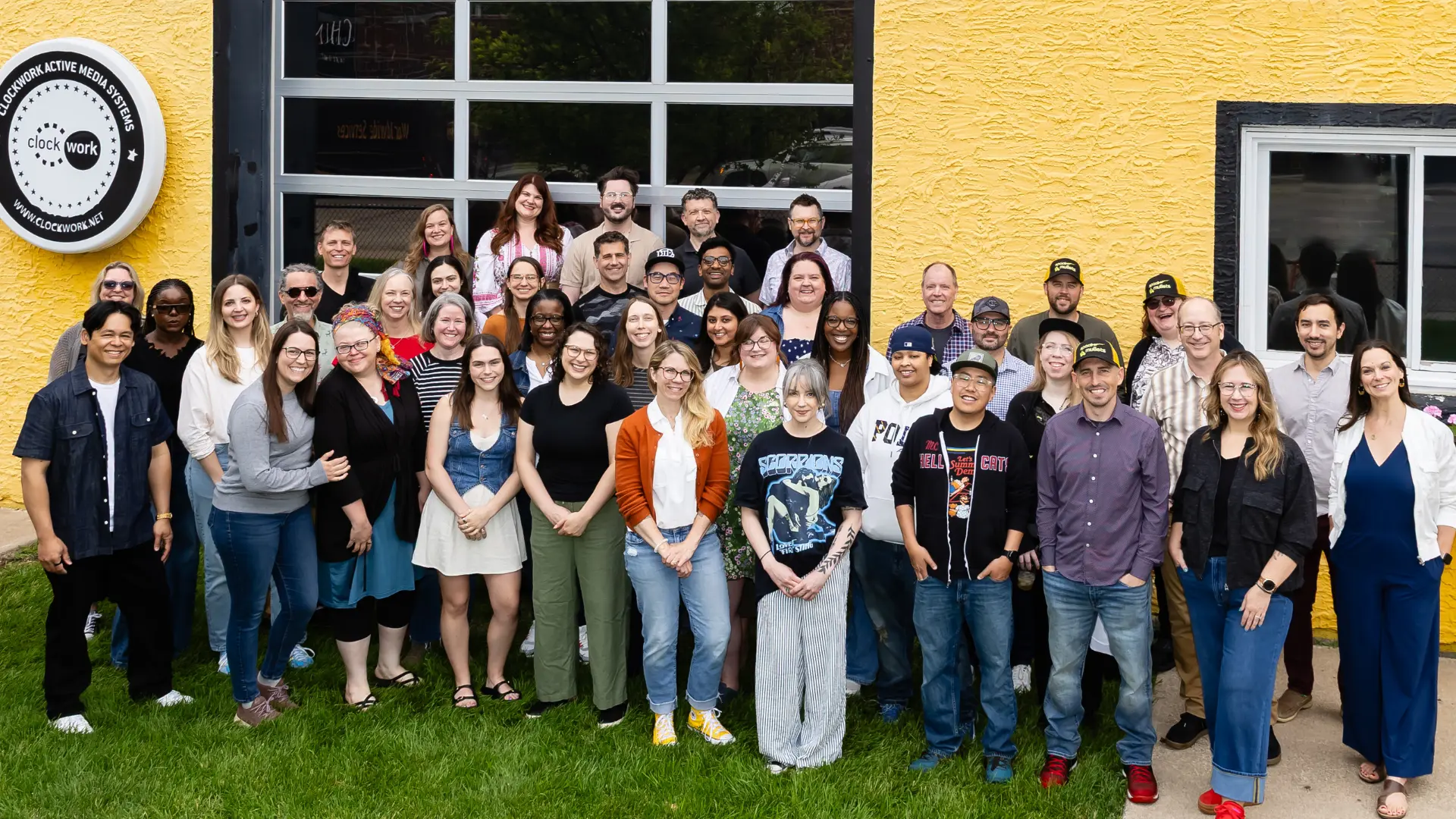I attended the Digital Summit Minneapolis (#DSmpls) last month and now I want to share the three stickiest things I learned over the two-day conference.
Use Purpose as an Inspiration for Content
Mack Fogelson’s talk “Evolve to Survive: How Purpose and Authenticity is the Future of Brands,” was a real pick-me-up. I went in already believing that a purposeful organization will be more successful in the long run than one that is just operating to make money, but what I enjoyed about her talk was how pragmatically she connected purpose to doing business.
Purposes aren’t just big ideas. They are big ideas that drive focus, strategy, and operations. Where it really hit home for me was when it came to content strategy and customer experience. In her talk, she pointed to two companies that used purpose to drive growth: Dove Soap and Plum Organics. Both of whom show up in the consumer world with content far beyond their products.
Dove
Dove makes soap, and they want to sell it. But their purpose is something altogether different: to make women feel better about their bodies. That is where they focus their attention, and their public conversation. As a content producer, I immediately saw how focusing on that — rather than soap — opens up whole new topics and points of view. And their Real Beauty campaign shows this purpose in action.
Plum Organics
Plum Organics product is healthy baby food. As their website says, they were founded “by parents, for parents.” Admittedly, this isn’t quite a purpose, but it is a point of view from which they operate and how they connect with people.
Their “Do your Part(ner)” campaign is all about connection. They realized that their people, their community — new parents — felt guilty when they carved time out for themselves. So they created a conversation around connecting with your partner, and how that’s important. The campaign is not at all about baby food, but it is about what their audience needs. They operationalized their “by parents, for parents” philosophy by filling a dialogue gap and an emotional need rather than selling their product.
What I loved about this talk, in once sentence
Purpose doesn’t have to stay in a la-la-land “About Us” page, it can be used pragmatically to create more meaningful conversations and interactions.
How to think about Prospects
The thrust of Seth Godin’s talk was about challenging ourselves to see things in new ways. One of his proposals: Don’t do more, do differently. Why? Because there is a high supply of noise, and a low supply of empathy when it comes to the digital space.
It’s not about what you make, it’s about how people feel about what you make. So teach them. “What if instead of calling people prospects, we called them students?” What if people “enrolled” in what you’re creating and saying (and selling) rather than you handing out pamphlets on every corner (metaphorically speaking). I thought of it a bit like, “How can I teach people what they want to know instead of telling them what I want them to know?” It’s like a twist on the old saying “Give a person a fish, and they eat for a day; teach a person to fish, they eat for a lifetime.”
What I loved about this talk, in one sentence
It’s only a slight shift, but one that comes from a more empathetic place: What do people what to know versus what do I have to say.
Be a Thought Partner not Thought Leader
In Mina Seetharaman’s talk, “Thought Leadership Disrupted,” she answered the question, “Does Thought leadership still mean anything to people?” And yes, it does still matter (good news for people like me). Then she addressed how to stay relevant as a thought leader.
Her last piece of advice was to be a thought partner, not a thought leader. Like Godin’s idea above, this is just a one-word change, but it has a big impact on how you go about doing things. A thought leader makes a declaration, whereas a thought partner takes you along on their thought journey. A journey builds connection, demonstrates your thinking, and is often more relatable.
What I loved about this talk, in one sentence
It doesn’t assume there is a final, objective correct “thought” to have, but that the process of thinking — and sharing that thinking — is valuable in itself.
None of these points are Rocket Science, but they’re all really good reminders about how to make better connections, create more appealing content out in the world (please!), and be human through it all.




